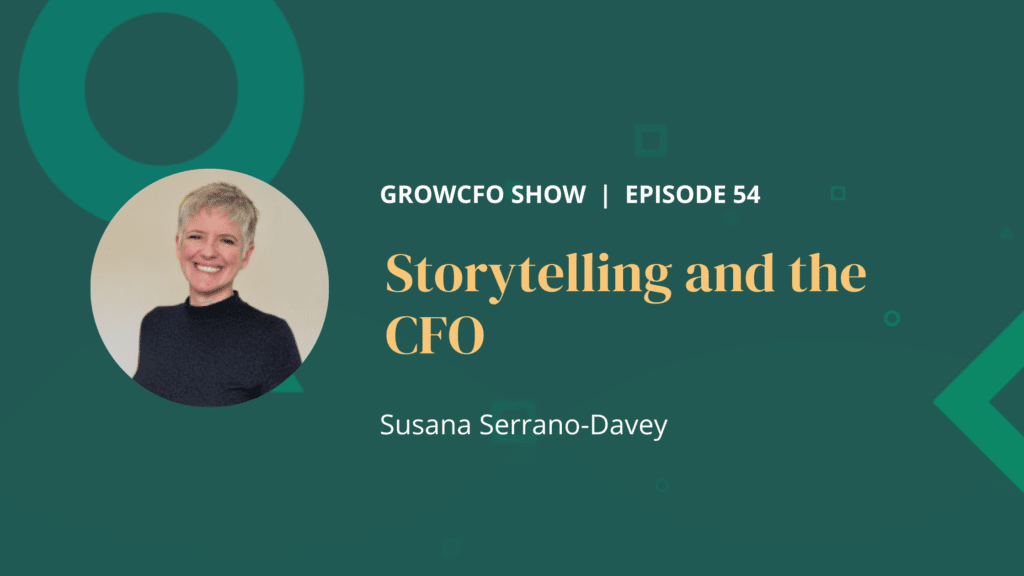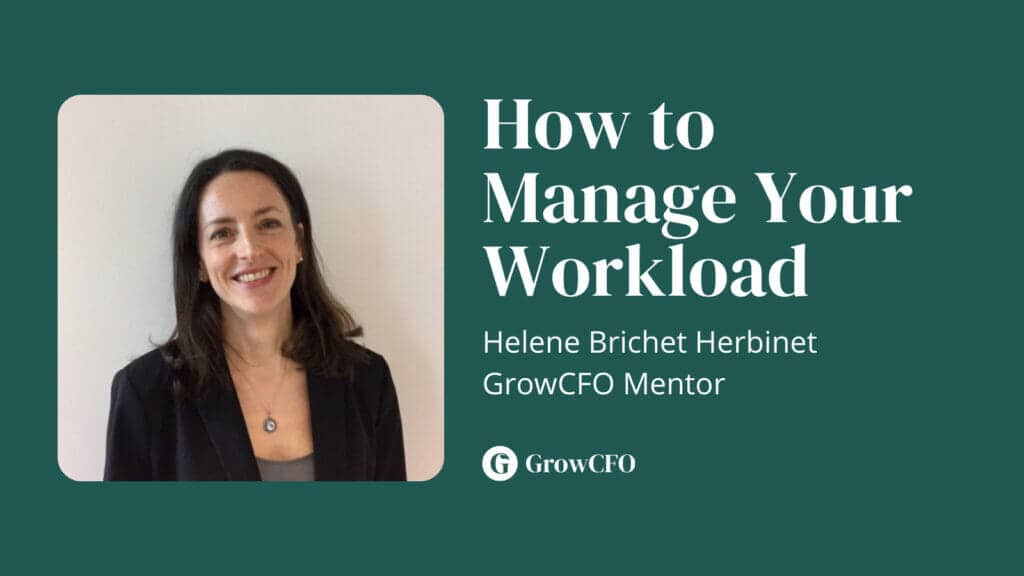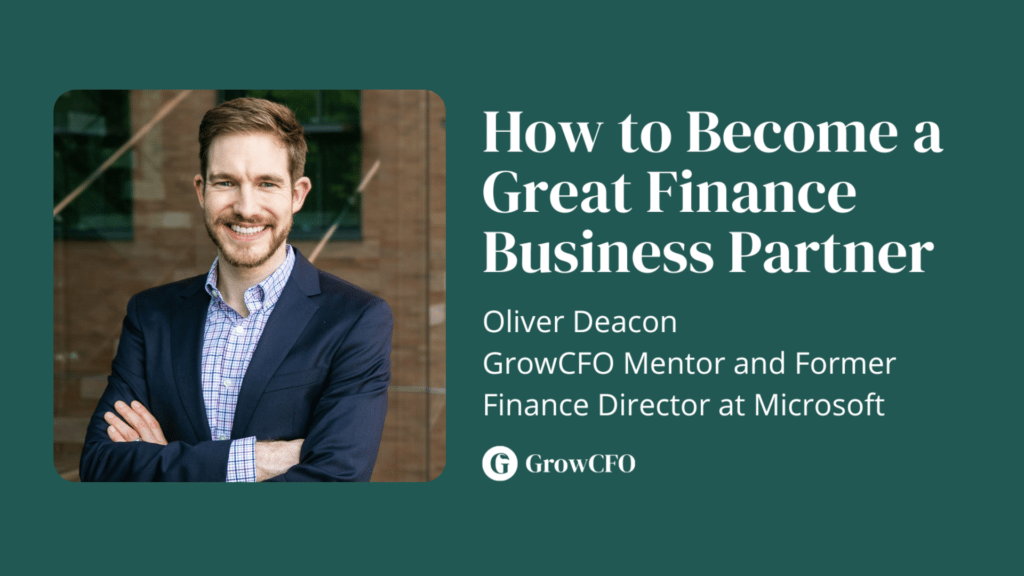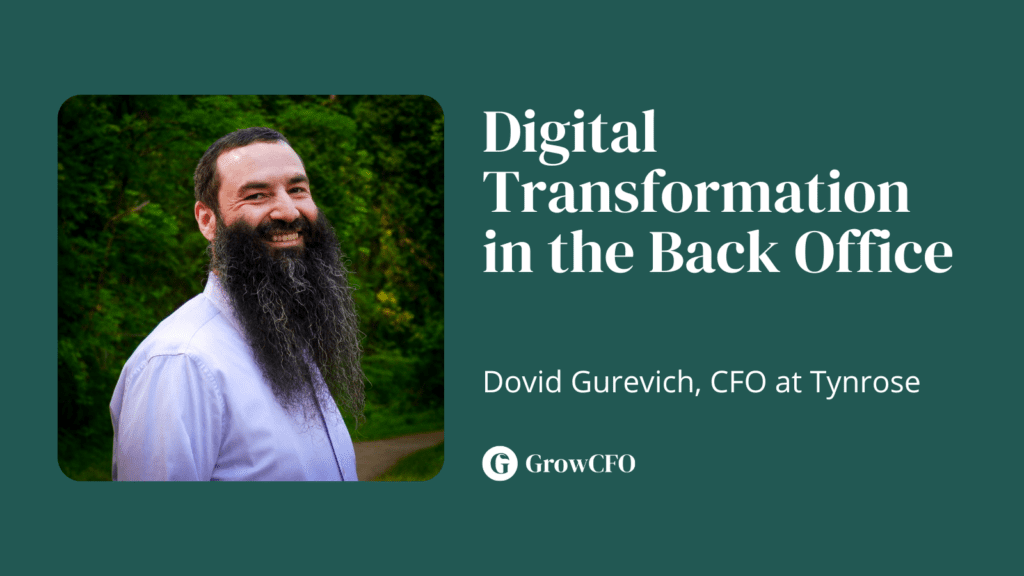#54 Storytelling and the CFO with Susana Serrano-Davey


Kevin Appleby is joined by GrowCFO mentor, Susana Serrano-Davey, to discuss storytelling and how it is useful in the CFO role.
Where does storytelling come into the CFO role?
No matter what job you are in, you can think about becoming a good storyteller. Not only do you want to get your point across but you also want to make an impact and getting people on board.
You can use the recipe that storytellers use and apply it to our own communications. It is a presentation technique which uses stories that are memorable. You also want to give a vivid description in order to evoke emotions and insights from others. Using scenarios that people can relate to will make them pay more attention.
What makes a good story?
Susana gives us a mnemonic that shows the key features of good storytelling. This is HUSSLE:
Hero – This is where you have to set up context. The context is what makes the audience care. You can also help this by creating a rapport between the hero and the audience. You can make them feel there is similarity between them and the hero so they will care more about what happens to the hero.
Uphill struggle – This will start to build momentum and create drama. You should now present the problem. When presenting something and there is a problem within it you want to see the problem from the audience’s perspective so they can connect emotionally. This can link to a marketing technique used which agitates the problem before you give the solution.
Show – It is always important to put on a good show. Use words that are impactful along with body language and tone of voice. It is not just what you say but how you say it. In your story you want to have a wow factor. Susana suggests using colour or images, something that stands out. You also want to be aware of any unintended consequences of what you might show people as the same thing can mean different things to different people.
Solution – It’s essential to present or propose a solution. This brings the tone. Although there is a problem, it can’t be all doom and gloom but bring it towards a happy ending. When you think about the people you enjoy working with they usually are the people who will come to you with a solution and problem not just a problem. In a story this is where you include how the situation was solved.
Learning – The most powerful thing from the story is what can be learned. Fixing a problem on it’s own is pointless, you want to see the problem as growth for the future and preventing problems in the future. What can you implement to help you in the future? You need to be able to come clean about things that have been broken in the past, the important thing is what you are doing to prevent it from happening in the future.
Extraordinary – This is about making your presentation memorable. It is important to do this so your audience will go away remembering the key points. It will also help you remember what you are talking about. You don’t want people to forget your key messages and you can do this by using mnemonics, your imagination and imagery.
Storytelling is to make the message memorable as if you only show them numbers they will not remember as much. It will also help to get buy-in from people which, in the CFO role, you are constantly looking for.
What stories to tell?
Personal stories can be useful by giving examples or metaphors. The examples may appear not relevant as it may not be identical to your current problem but it may be similar giving you more insights.
At work we often shy away from sharing our personal information. Showing snippets of who you are as a person can be an asset as it shows you as yourself not just your professional side.
You want people around you to have the confidence that you can solve the issues. You can help this by showing your track record but including your problems in this too. The most powerful capabilities builders are the examples of very challenging situations and failures which will allow you to deliver it successfully next time.
If we have experienced similar situations it can help with the debate around what we do with a problem. Storytelling about doing something similar and then showing the results of it can be a useful way of adding to the debate. You are not disagreeing which can be emotive, but the story illustrates why you think it wouldn’t work and why it didn’t work in that situation. You can extend your analysis of a current problem by relating it to a previous story.
Find out more about GrowCFO
If you enjoyed this podcast you can subscribe to the GrowCFO Show with your favourite podcast app. The GrowCFO show is listed in the Apple podcast directory, Google podcasts and many others. Why not subscribe there today? That way you never miss an episode.
GrowCFO is a great place to extend your professional network. You can join GrowCFO as a free member today and take part in our regular networking events and webinars.
Premium members also have access to our extensive training centre. Here you can enrol in our flagship Future CFO or Finance Leader programmes.
You can find out more and join today at growcfo.net
Podcast: Play in new window | Download





Responses